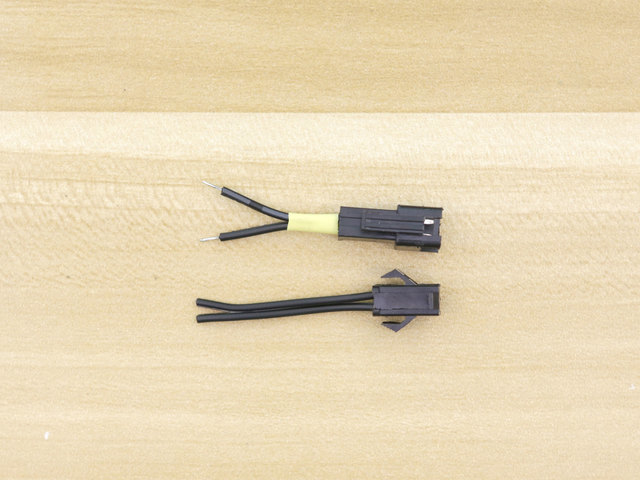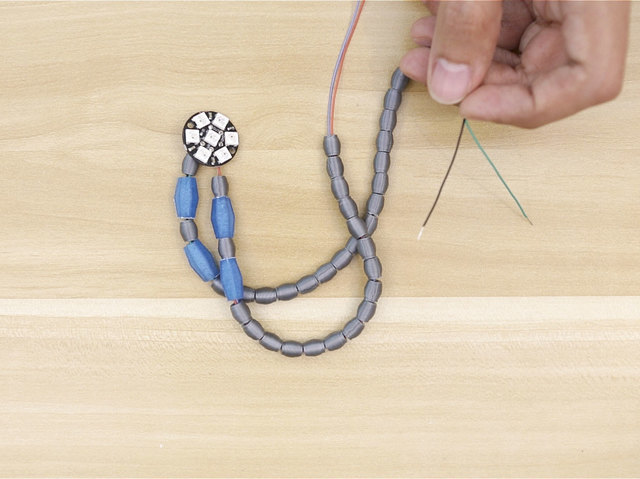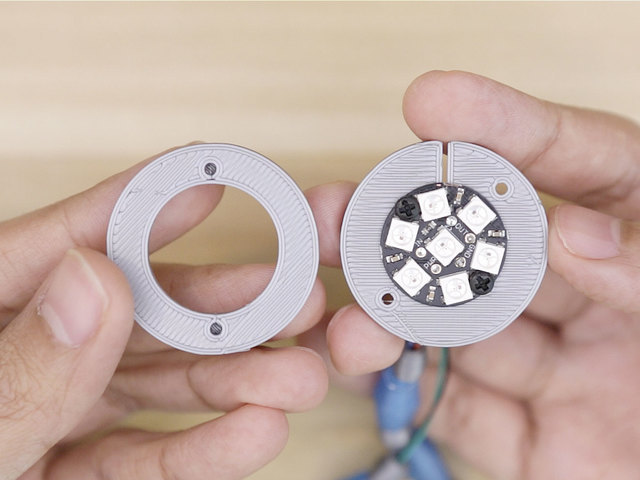NeoPixel LED Jewelry
In this guide, we'll build a Legend of Zelda themed pendant. This wearable necklace features the Sheikah symbol and glows nicely making a chic accessory. The parts are 3D printed and snap fit together. Illuminating the pendant is a NeoPixel Jewel which features 7 smart RGB LEDs. Driving the NeoPixels is an Adafruit GEMMA M0, which runs the CircuitPython code base. So, do you want to forge one yourself? Let's get started!
Remix, remake or whatever
If you've made it past the thumbnail, you're probably interested in The Legend of Zelda. But if Zelda isn't your cup o' tea, it's totally possible to re-skin and theme this as whatever you want. Maybe you want to make this as a gift for a friend who's into some other Sci-Fi / fantasy stuff. Maybe they like sports. Or maybe you're into cosplay and need a specific theme. This type of project could potentially sell at craft fairs, make a great listing on your Etsy store or just look good displayed at an art gallery.
Getting 3D Printed Parts
If you don't have a 3D printer laying around, you don't necessarily need to own one. There's lots of ways to obtain the 3D printed parts. The easiest is to send the 3D files to 3DHubs.com and have a local maker 3D print and ship the parts to you. Another option is to search your area for a maker/hacker space or even a library, as some of them have 3D printers now. Either way, there's lots of relatively affordable 3D printers on the market today, some even as low as $150!
Project Expectations
Although this project may look easy enough to build, it does require a bit of some finesse and craftsmanship. To fit everything into a nice little package requires shortening a lipo battery cable. Rewiring lithium polymer batteries should only be done by confident and experienced makers. So if you're planning this to be your first time electronics project, you may want to consider a more plug and play friendly project. Just be mindful and use common sense :-)
Prerequisite Guides
If your new to electronics and working with micro-controllers NeoPixel LEDs, I suggest you walk through the following guides to get basics of wiring and soldering. The following guides will walk you through setting up the parts and libraries.
Parts & Components
You'll need just a couple a parts to build this project. The GEMMA M0, NeoPixel Jewel and battery are relatively inexpensive, so you don't have to break the bank if you want to make more than one.
Cool Tools!
These things really do help make building the project smoothly. You don't need them all of them, but I recommend them.

















































































